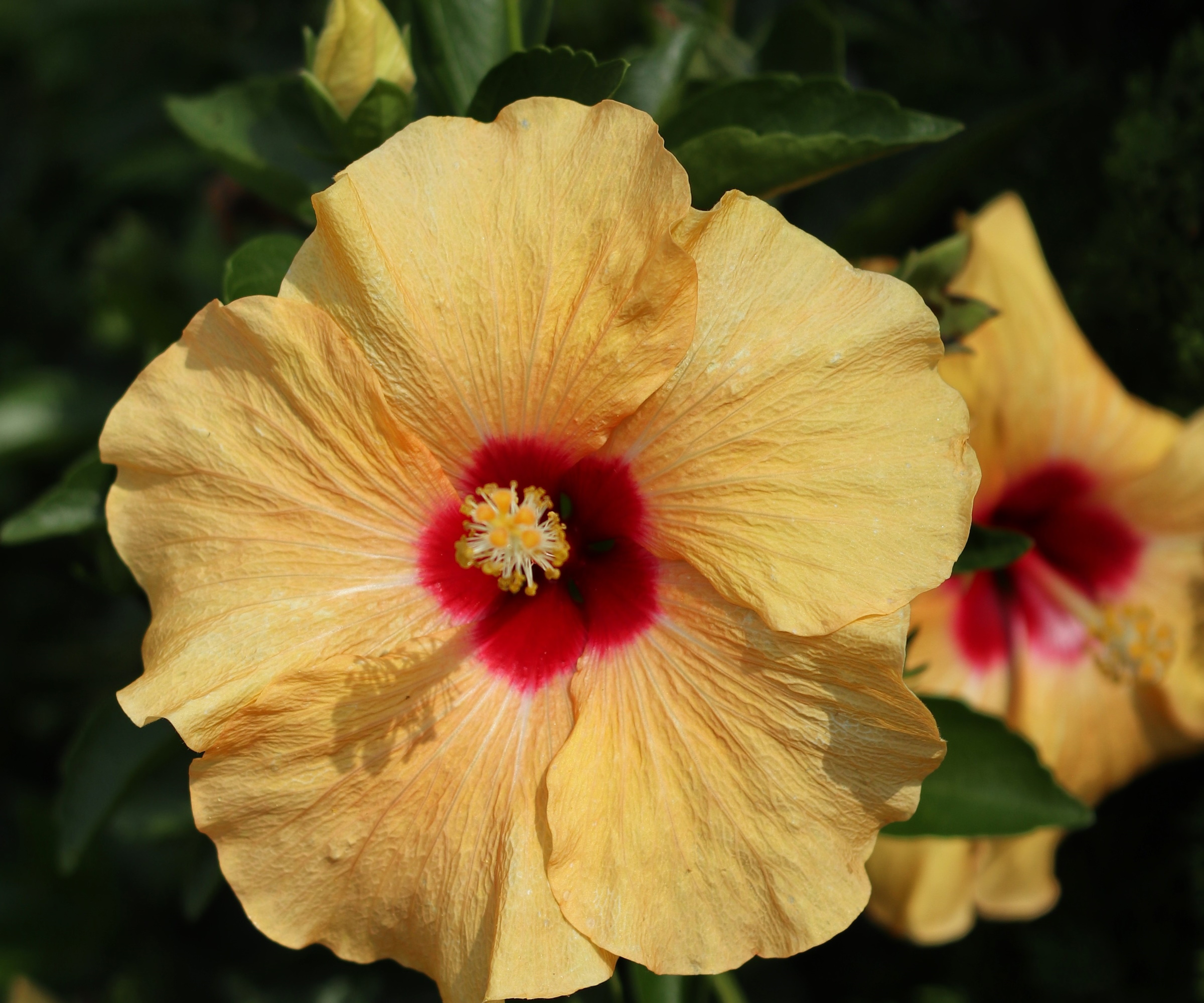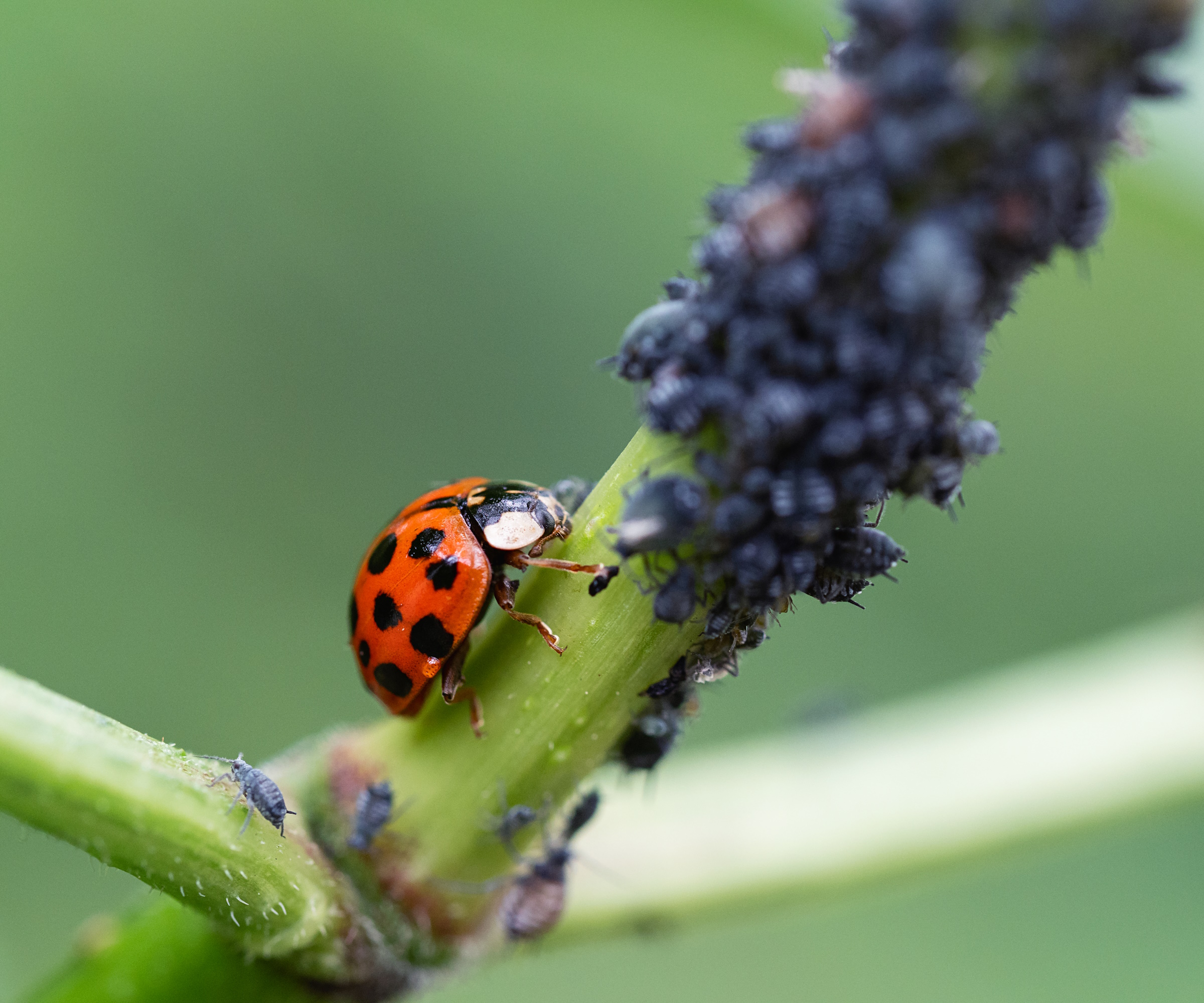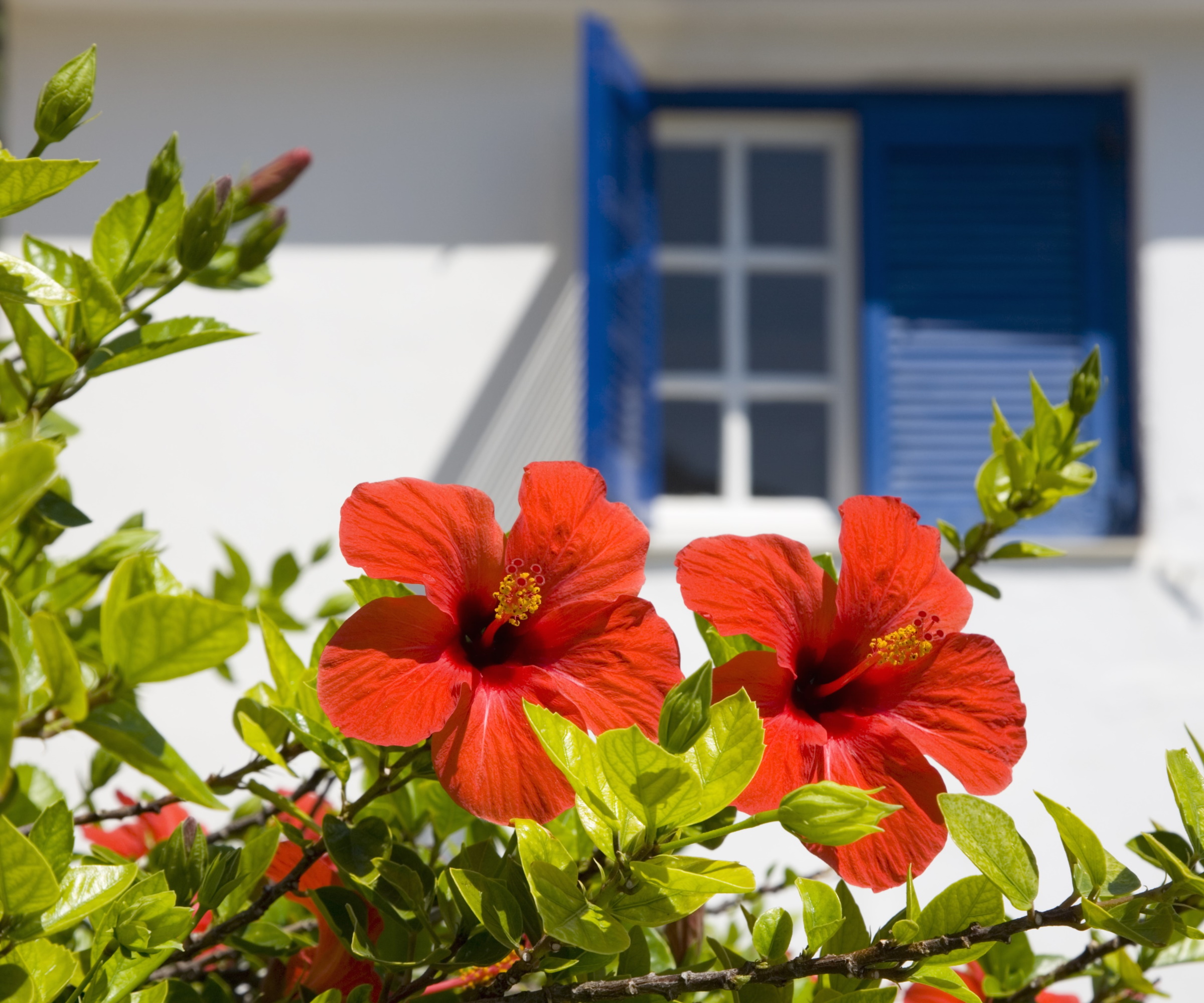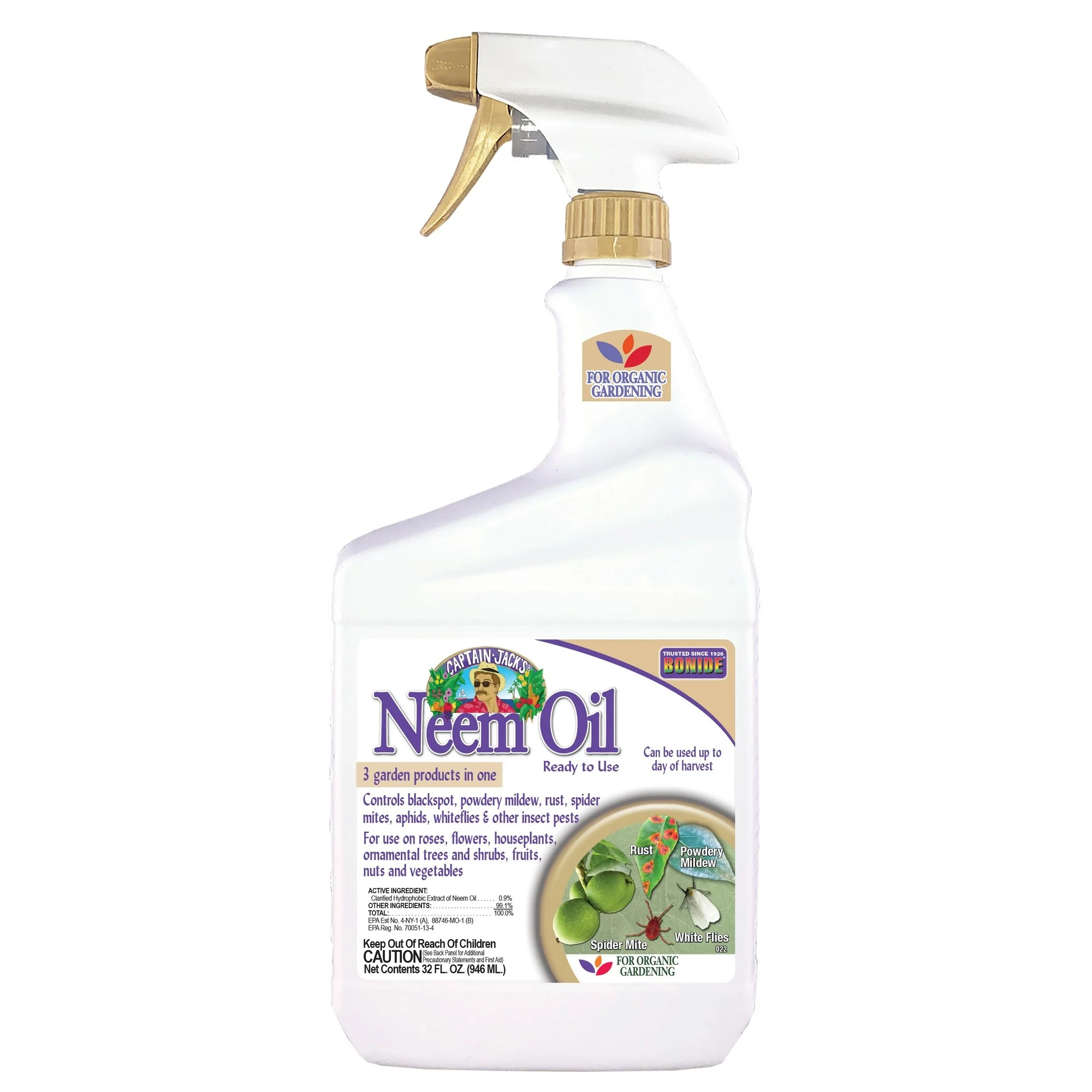What is attacking my hibiscus plants? Common hibiscus pests and how to combat them
Learn how to combat hibiscus pests and protect your prized plants from unwanted nuisance visitors this year


Hibiscus plants are renowned for producing masses of colorful blooms throughout the spring and summer months. Red and yellow, purple and white, hibiscus blooms are sure to stand out in even the busiest of borders.
As with most flowering plants, hibiscus shrubs are popular with pests, attracted to fresh new growth and bountiful blooms just as pollinators are. Many gardeners will know how to grow hibiscus plants, familiar with the ideal conditions that suit these tropical-looking shrubs, such as a preference for sunshine and free-draining soil.
You may, however, need some guidance concerning how to identify and combat common hibiscus pests. Well, fear not, this guide will help all hibiscus growers to keep their plants in good health. Here, garden and plant experts share expert tips and advice for dealing with 4 common hibiscus pests and problems.

How to combat hibiscus pests and problems
There are two types of hibiscus shrubs: hardy hibiscus and tropical hibiscus. The local climate and your US hardiness zone will determine what hibiscus plants you can grow, for example, in cooler regions, you might grow tropical species in containers and subsequently protect and winterize hibiscus plants.
Regardless of your situation or the plants you grow, all hibiscus shrubs suffer from pest attacks. Knowing how to quickly and effectively combat these pests is, therefore, important.
1. Aphids

Hibiscus plants can attract a variety of pests. One of the most common issues is aphids, a pest that will be well known to most gardeners.
'These small insects cluster together on new growth,' says Tatiana Anderson, tropical plant expert and co-founder of Top Tropicals, 'sucking sap from the plant and causing distortion or yellowing of leaves.'
As Tatiana says, the telltale signs of an aphid infestation are irregular growth or yellowing leaves. To combat aphids, you can 'encourage natural predators in the yard, including beneficial insects like ladybugs, lacewings or parasitic wasps, which prey on common garden pests,' Tatiana advises.
When considering how to attract ladybugs to your yard, make sure you have plenty of pollen-rich flowers, and ensure that you leave stick or log piles as a form of habitat. In addition, why not install a bug hotel, available from Walmart.
For those gardeners who want instant results, live ladybugs can be ordered online via Amazon.

Tatiana Anderson is the co-owner and co-founder of Top Tropicals, based in Fort Myers, Florida. Top Tropicals grow and sell a whole range of flowering and fruiting tropical plants.
2. Whiteflies

'Another common pest to look out for with hibiscus plants is whiteflies,' says Tatiana. 'They look like tiny white moths and can often be found on the undersides of leaves, sucking plant juices.'
In mild and humid weather, whitefly infestations can quickly become a problem. Tatiana says that the first course of action should be a fast jet of water, using the hose. 'Regularly spraying your hibiscus with a strong stream of water can help dislodge pests like aphids and whiteflies from the plant.'
If this fails to purge the whiteflies from your plant, consider making a homemade bug spray. Using a spray bottle, available from Walmart, combine 1 part vinegar with 3 parts water, and a dollop of washing-up soap to help make the mixture sticky. Spray this liquid on the infected plants and continue to apply once a week, making sure to spray under leaves and in tricky places where the bugs might hide.
3. Spider Mites

Spider mites are another pest to look out for, well known for causing problems with other popular plants. For example, spider mites are considered one of the main Christmas cactus pests to look out for.
'These tiny arachnids can form webs on the undersides of leaves and cause discoloration to your hibiscus plant,' says Tatiana. The most obvious sign to look out for is webbing, easier to spot in the morning when it is slightly damp and dew deposits can be spotted.
'One of the most effective treatments for spider mites is an organic insecticide,' Tatiana continues. Neem oil, available from Amazon, can be effective against soft-bodied pests like aphids, mealybugs, and spider mites. 'Make sure to follow the neem oil application instructions and never use more than you need, Tatiana says.'

This organic treatment is a must-have for every gardener. Neem Oil is an all-purpose insecticide, ideal for organic gardening. It is derived from the Neem seed and is safe to use on roses, flowers, vegetables and other plants.
4. Thrips

'Thrips are slender insects that feed on flower buds and young leaves,' Tatiana says. 'Thrips infestations can cause your plants to become distorted and discolored.'
They are minute insects, and thus they are very hard to spot. Thrips will appear black or brown and have long, thin bodies. If you move your finger towards them, thrips tend to jump or flutter away.
'Always monitor your hibiscus plants closely for signs of pest infestation, and take prompt action to prevent damage,' Tatiana says. Your best bet is to use an organic insecticide that is 'toxic to insects feeding on it,' Tatiana adds. 'However, use these products cautiously and follow the instructions to minimize harm to beneficial insects and the environment.'
Organic insecticide sprays are available from Walmart.
FAQs
What does biological pest control mean?
Biological pest control is an organic, natural approach to gardening. Beneficial insects and animals can play the role of predators and greatly assist with pest control. For example, ladybugs can help to manage aphid infestations, while frogs can prevent slugs from munching on homegrown crops. Encouraging natural predators is an essential component of permaculture gardening, and limiting chemical usage in any yard can only be a good thing.
Hibiscus plants, much like any other tree, shrub or perennial, can occasionally suffer from pest attacks. While these infestations are unlikely to be fatal, prompt and efficient action can reduce the risk of the pests spreading.
For more hibiscus advice, see our guide on how to deadhead hibiscus flowers, to keep your shrubs looking their best this year.
Sign up to the Homes & Gardens newsletter
Design expertise in your inbox – from inspiring decorating ideas and beautiful celebrity homes to practical gardening advice and shopping round-ups.

Thomas is a Content Editor within the Gardens Team at Homes and Gardens. He has worked as a professional gardener for both public spaces and private estates, specializing in productive gardening, growing food and flowers. Trained in Horticulture at the Garden Museum, he has written on gardening and garden history for various publications, including The English Garden, Gardens Illustrated, Hortus, The London Gardener and Bloom. He has co-authored a Lonely Planet travel book, The Tree Atlas, due out in 2024.
-
 Nectar vs Layla – which mattress brand is best on test?
Nectar vs Layla – which mattress brand is best on test?I've set the Nectar Premier Hybrid Mattress and the Layla Hybrid Mattress head to head to help you work out which mattress meets your needs
By Emilia Hitching Published
-
 Barack and Michelle Obama's neutral accent chair is the perfect living room focal point – you can recreate their serene style in any-sized home
Barack and Michelle Obama's neutral accent chair is the perfect living room focal point – you can recreate their serene style in any-sized homeThis designer-approved essential fits into every modern living room – it's beautiful enough to stand alone, while pairing well with your favorite cushion
By Megan Slack Published